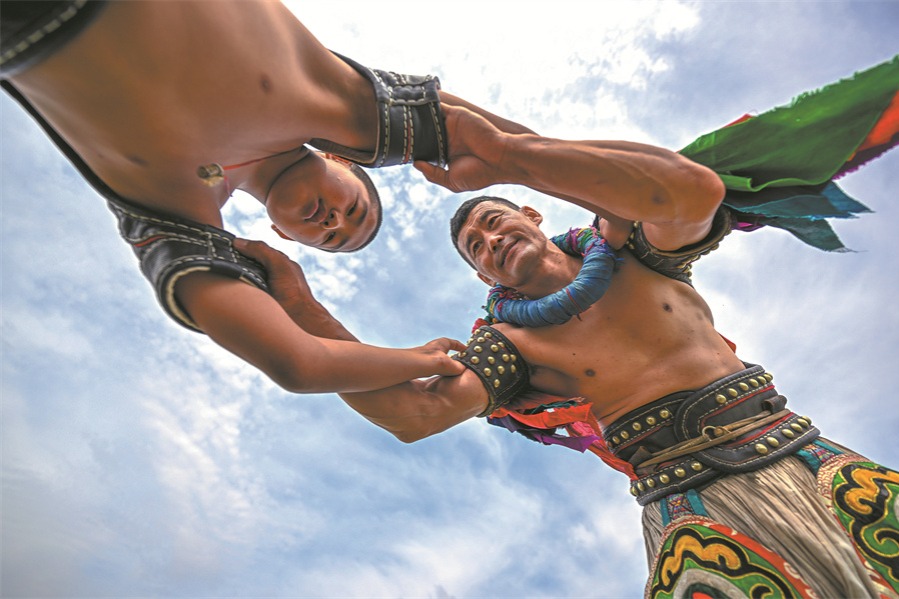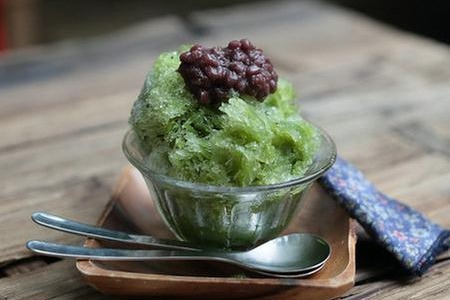New hope for a dear creature


Armed with telescopes and a drone, Ma Haibo and his colleagues set out for the cold ridges and steep slopes every morning. They have an important task at hand. They must follow the herds of Pere David's deer, keep a head count, document food and mating habits, and also collect droppings for analysis.
Pere David's deer (Elaphurus davidianus) - more commonly known as the milu deer-has been brought back from the brink of complete extinction in China since the mid-1980s.
It is now the responsibility of the Daqing Mountain National Nature Reserve in the Inner Mongolia autonomous region to ensure survival of the species in an elevated habitat.
Ma, who works at the nature reserve's management station, knows where and how to track the herbivore.
The team scours areas near watering holes, where the source of food is plenty. The milu primarily feeds on grass, but supplements its diet with aquatic plants in summer.
Spotting the Pere David's deer isn't difficult, given its unique set of branched antlers. While the main beam grows upward, the long tines of the antlers point backward.
The milu has a reddish tan coat in summer that changes to dull gray in winter. It sports a mane and has a black dorsal stripe running along the spine. The hooves are large and they make a clicking sound.
In September, 27 of these animals from two major milu deer sanctuaries-one in Nanhaizi, Beijing, and the other at Dafeng, Jiangsu province-were set free in the Daqing Mountain nature reserve.
In April, nine calves were born. However, since the mating season is between June and August, the team must observe if the milu females can conceive in the wild.




































